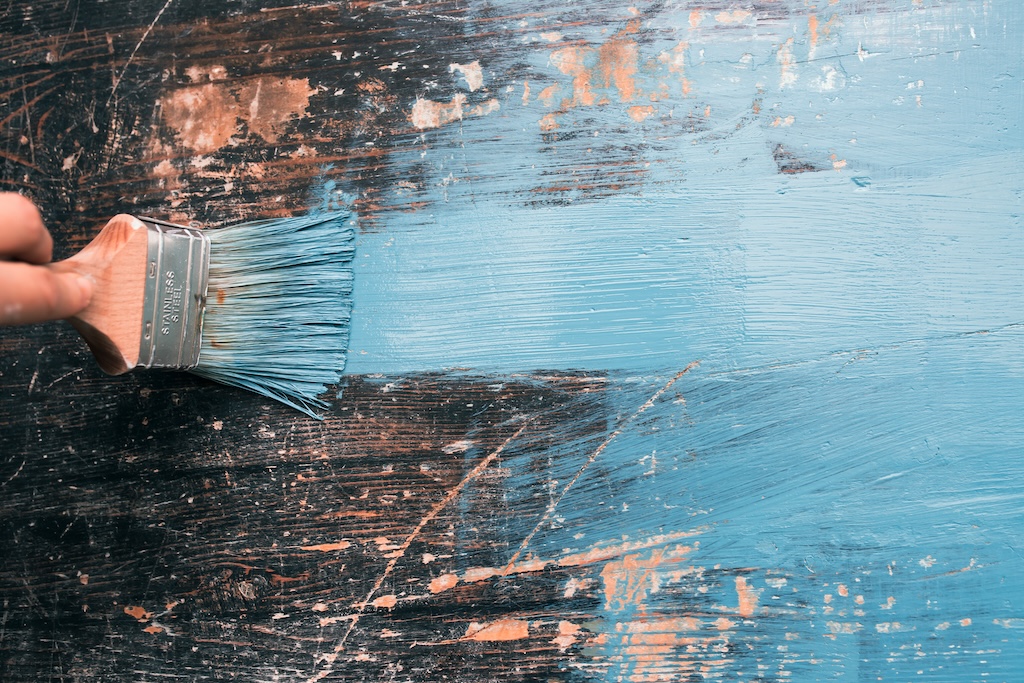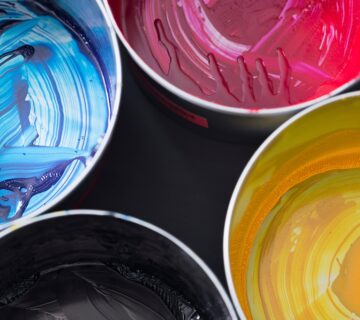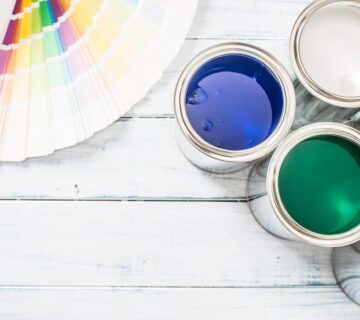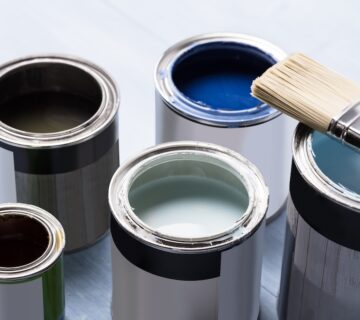Embarking on a DIY painting project can be a rewarding and transformative experience for your home. However, it’s common for DIY painters to encounter pitfalls that can compromise the quality of their work. By recognizing these frequent mistakes, you can learn how to avoid them, ensuring a smoother painting process and achieving a more professional-looking finish. Being aware of these potential issues is the first step to successfully navigating your painting project, and helps in making the experience enjoyable and satisfying.
Skipping Preparation
One of the most common mistakes in DIY painting is rushing into the actual painting without proper preparation. Preparation is key to a successful paint job. This includes cleaning the walls, repairing any cracks or holes, sanding rough spots, and applying primer, especially if you’re making a drastic color change or painting over a darker shade. It’s tempting to skip these steps, but thorough preparation ensures that your paint adheres properly and looks its best. Neglecting this can lead to paint peeling or chipping prematurely, so taking your time to prep is essential.
Using Low-Quality Tools and Paint
Trying to save money by purchasing cheap brushes, rollers, and paint often leads to disappointing results. Low-quality brushes can shed bristles, leave streaks, or fail to give a smooth finish, while poor-quality paint may require multiple coats and not provide lasting results. Investing in high-quality tools and paint is worth the extra cost. They make the application process easier and improve the overall look and longevity of your paint job. Quality tools and paints also contribute to a more even application, reducing the likelihood of having to repaint sooner than expected.
Neglecting to Use Painter’s Tape
Another common mistake is neglecting to use painter’s tape to protect trim, ceilings, and other areas you don’t want to be painted. Some people try to cut in by hand, but even the steadiest hand can slip. Painter’s tape ensures straight, clean lines and saves time on touch-ups later. Remember to remove the tape shortly after painting while the paint is still slightly wet to avoid peeling off any dried paint with it. This step is crucial for achieving sharp, professional edges.
Applying Paint Improperly
How you apply the paint can greatly affect the final look. A common error is overloading the brush or roller with paint, which can lead to drips and uneven coverage. Instead, dip the brush about a third of the way into the paint, and tap off the excess. When using a roller, use moderate pressure and paint in a ‘W’ pattern for even distribution. Also, be patient between coats. Rushing and not allowing the first coat to dry properly before applying the second can lead to a subpar finish. Proper technique ensures a smooth and durable coat.
Ignoring the Weather
The weather is a critical factor in the success of exterior painting projects. Painting in extreme temperatures or high humidity can significantly hinder the paint’s ability to dry correctly and may alter its final appearance. When planning exterior painting, it’s best to choose a day with mild and stable weather conditions. For interior painting projects, proper ventilation is key to promoting even drying and avoiding issues like drips or slow curing times. Inadequate conditions can severely affect the paint’s adhesion to surfaces, leading to an uneven or flawed finish that could necessitate costly and time-consuming repairs.
Final Thoughts
DIY painting can be a rewarding project that transforms your space, but it’s important to avoid these common mistakes. By taking the time to prepare properly, investing in quality tools and paint, using painter’s tape, applying paint correctly, and considering the weather, you can achieve a professional-looking finish that you’ll be proud of. Remember, the key to a successful painting project lies as much in the preparation and process as in the painting itself. Attention to detail and patience will pay off in the beauty and longevity of your new paint job. For more painting tips and tricks, visit our website at sisupainting.com and explore our blog at sisupainting.com/blog.





No comment